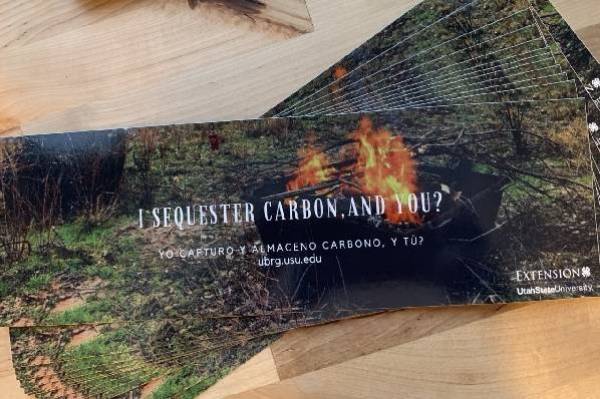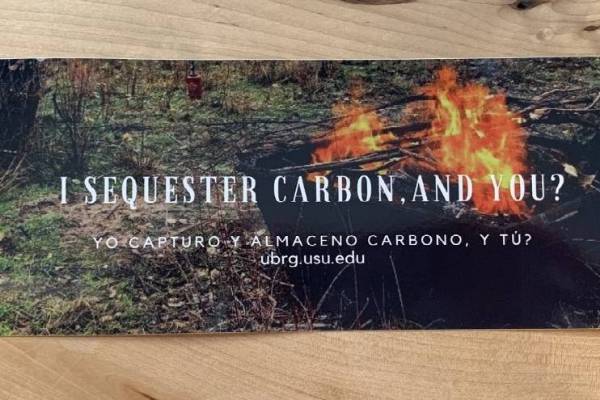Biochar is a solid material obtained from the carbonization of biomass. Biochar may be added to soils with the intention to improve soil functions and to reduce emissions from biomass that would otherwise naturally degrade to greenhouse gases. Biochar also has appreciable carbon sequestration value. These properties are measurable and verifiable in a characterization scheme, or in a carbon emission offset protocol. (www.biochar-international.org)
Learn More
- Washington State University Extension's factsheet
- Biochar: Can it Help Fight Climate Change While Improving Soil Health?
- Integrated Biochar Research: A Roadmap
How is it Made?
Biochar is created when biomass (wood, manure, crop residues, solid waste, etc.) is burned in the absence (or under reduction of oxygen. Through pyrolysis or gasification, biomass is heated, and a fine grain, porous, charcoal-like substance is created. Other byproducts are created: syngas and bio-oil during this pyrolysis process. Biochar's origins extend far back to the pre-Columbian era. It has been found in the soils of the Amazon (terra preta = Portugese for dark earth) and archaeologists believe that the terra preta was created by combining bone, manure and charcoal to the infertile soil of the Amazon. The carbon (charcoal) in the terra preta has persisted in the environment for thousands of years - drawing the attention of climate scientists interested in potential carbon storage sequestration options.
Do You Sequester Carbon?
Let the world know with a bumper sticker. Measures 11.5" x 3.75".
Contact Darren McAvoy for bumper sticker availability.



